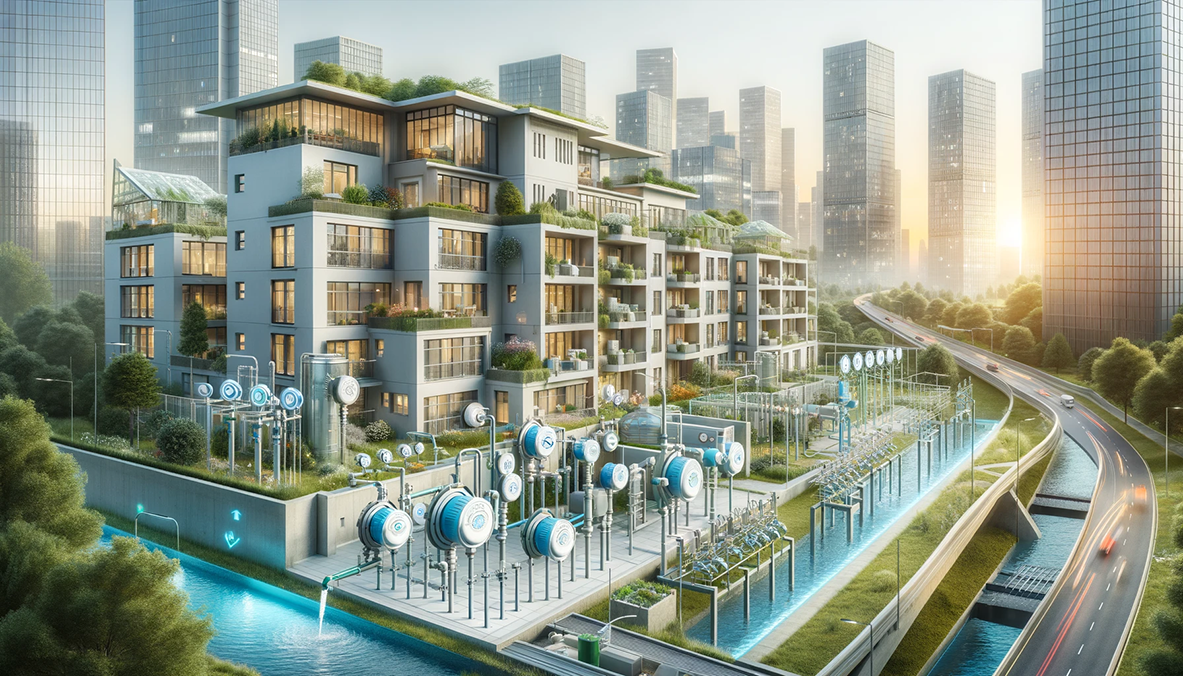7 Essential Tips for Choosing a Water Utility Submetering Solution
Published by
Tehama Wireless
on
Choosing the right water submetering solution is a critical decision for property owners and managers looking to optimize utility expenses, ensure accurate billing and enhance sustainability practices. Whether you're managing a residential complex, a commercial property or an industrial site, these tips will help you make an informed and strategic decision in your water submetering journey.
- Evaluate Your Property's Water Usage: Are you spending far more than you think you should be on water? Is there a lot of common area usage such as landscaping compared to tenant usage? Dial in your actual costs vs what tenants use and can be billed for.
- Installation Environment: Select a submeter suitable for the installation environment. Outdoor submeters require a waterproof rating like IP-68 to withstand weather, while indoor submeters might require vertical installation which some meters are not designed to handle.
- Regulatory Compliance: Ensure the submeter complies with local and regional regulations, including specific requirements like California's mandate for testing each meter at a designated facility before installation. Additionally, verify it meets relevant industry standards and certifications for quality and accuracy.
- Ease of Installation: Factor in the ease and cost of installation. Systems that can be easily installed or retrofitted into existing structures can offer savings in time and labor costs. New Clamp-on style meters can significantly save on labor costs.
- Advanced Features: Look for modern features like leak detection and burst pipe alerts. These capabilities allow for better control over water usage and can prevent costly repairs.
- Billing and Data Management Integration: Ensure the Automated Meter Reading (AMR) system integrates seamlessly with your existing billing and data management systems for accurate billing and efficient water usage management.
- Cost-Benefit Analysis: Weigh the initial cost against potential long-term savings. Systems that offer higher upfront costs might provide greater efficiency and savings in the long run.
Each tip provides a detailed aspect to consider, ensuring a comprehensive approach to selecting a water submetering solution that fits your specific needs.
